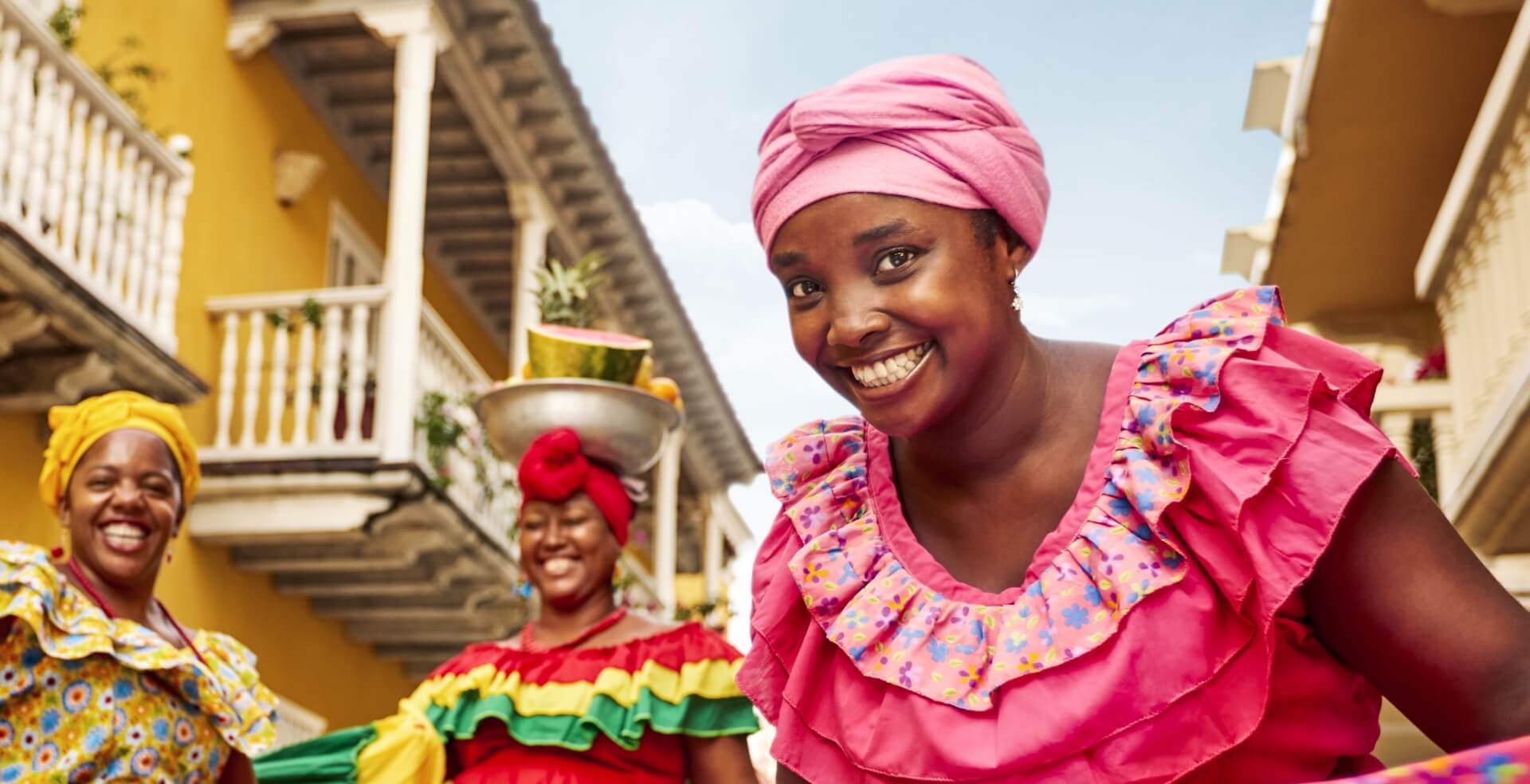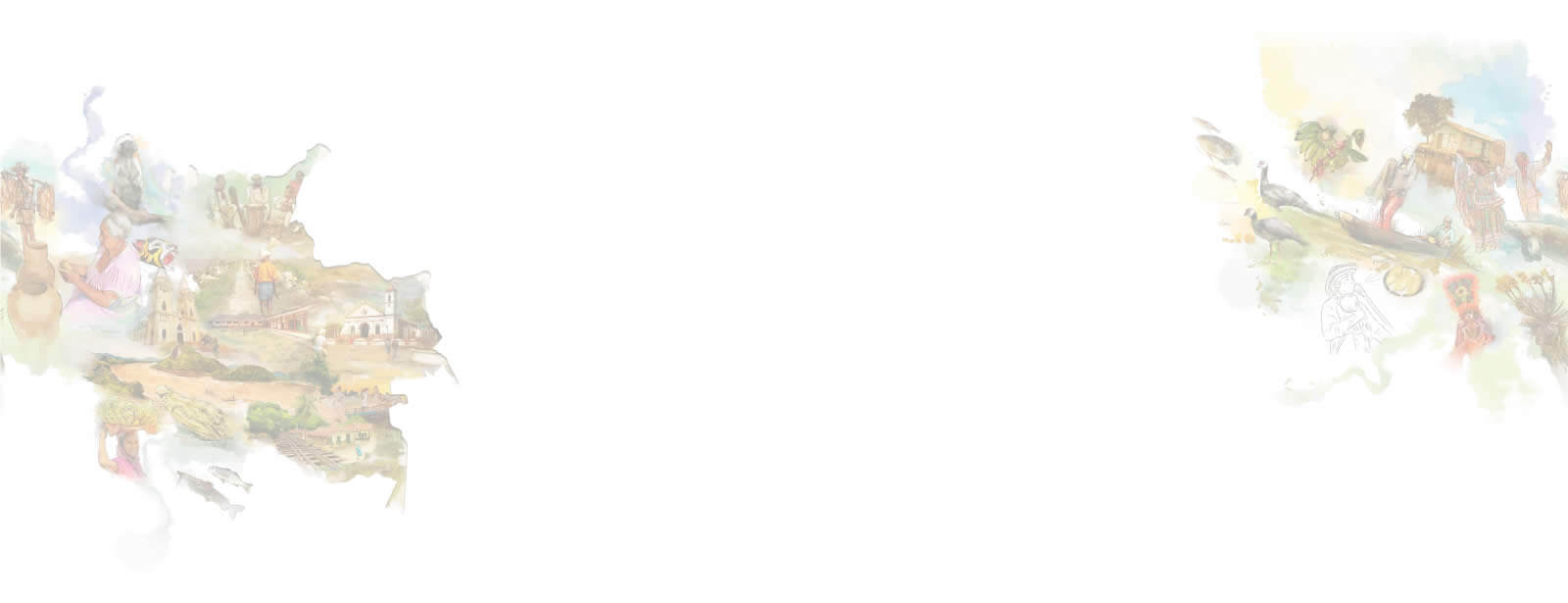Colombia is world-famous for its blooms and every year, in the heart of the coffee district, a giant festival is held in Medellin to celebrate Colombian flowers and those who grow them.
In August, when Medellín – known as the “city of eternal spring” – blooms in all its splendor and balconies, terraces and gardens are flooded with flowers, the much-celebrated Medellin Flower Festival begins.
This feast of color and joy, which is called Feria de las Flores in Spanish, takes place at the start of the month and is a kaleidoscope of pride and celebration that lasts for ten days with a packed calendar of activities.
Here we look at the fair’s cultural significance and its unmissable events:

The Medellín Flower Fair
Photo by: Galo Naranjo
What to do at Medellin’s Flower Fair
The Feria de las Flores has something for everyone with visitors and residents alike astounded by the range of activities on offer.
There are more than 140 different cultural, traditional, and modern events, including a horse fair, an orchestra festival, an old and classic car parade and the national trova festival, where talented singers duel in improvised verses.
There’s also a dog walk, musical and cultural platforms, the festival of remembrance and folk songs, and the national “noise on wheels” championship.
The flower fair is one of Colombia’s stand out cultural events and is both a reaffirmation of the country’s fertile, agricultural identity and an event that allows the people of Antioquia to celebrate their achievements.
You may also be interested in: Destinations with traditions that fall in love
How did the Medellin Flower Festival begin?
The city’s first Feria de las Flores was held on May 1, 1957, and lasted for five days. The activities then included dancing in purpose-built stalls that were put throughout the city for local people to use and enjoy.
Arturo Uribe, from Medellín’s Office for the Promotion of Tourism, suggested that local flower growers, known as silleteros for the way they arrange their flowers on a chair-like contraption that can be carried on a person’s back, parade through the streets.
He invited growers from the nearby district of Santa Elena, whose families had devoted themselves to flower production for generations, to showcase their efforts.
His invitation was accepted by forty silleteros, and spectators from across the region, attracted by the quality, beauty and vibrant colors of the floral displays, fell in love with the silleteros parade, which has continued ever since.
The silleteros: An unforgettable floral tradition

The Medellín Flower Fair
Photo by: Serge
The silleteros’ parade, known in Spanish as the Desfile de Silleteros, is undoubtedly the most memorable event of the entire Feria de las Flores, and it is recognized and protected as being part of Colombia’s cultural heritage.
The silletas on display in the parade are made from wood and have a back plate and two handles so they can be carried on a person’s back. They were used in colonial times to transport people through the Andes mountains, in Antioquia.
The most famous figure of this tradition is the legendary María La Larga, a silletera who was said to have carried children on her back. María and her novel way of transporting the children persuaded many of the region’s farmers that silletas were the easiest and fastest way for them to transport their flowers from their farms to the city.
The use of the word silleta then became generalized and since the beginning of the twentieth century, the term has been used for the people who sell local flowers on Medellín’s cobble-stoned streets.
Every year, men, women, and children proudly carry on their backs a floral depiction of their life histories, land, and culture. This parade is eagerly awaited by both foreign and national tourists who join in the lovely tradition of chanting “Cuando pasan los silleteros, es Antioquia la que pasa,” (When the silleteros pass, it’s Antioquia that is passing.)
You may also be interested in: Medellin, the city of eternal spring
The Chiva carnival
Another essential element in the Feria de las Flores is the Chiva carnival. Chivas are traditional Colombian open-sided buses, built on a truck chassis, that are an emblematic means of transport in the country’s rural areas.
They are built to survive the area’s mountainous terrain and usually have a ladder to the open roof, which is packed to bursting with people, livestock and local produce. The seats are mostly simple benches and there is no need for windows.
Up to 80 painstakingly-decorated chivas gather for the chiva carnival every year, which involves a three-hour parade through the city’s streets and a fierce competition to see which chiva has the best decoration, as well as mechanical function.
Chiva owners are proud of their vehicles and always give them a name. The parade is a sight to behold, with the brightly-painted buses stuffed full of fruit, flowers and balloons, and decorated in every color, including the yellow, blue and red of the Colombian flag.
Winning the carnival is extremely important for the contestants, with the victor receiving several prizes and the chance to have their chiva, which is always heavily personalized, included in publicity photographs for the following year’s event.
Besides the dizzying array of flowers and cultural events, the Medellin Flower Fair is also an excellent opportunity to sample the region’s cuisine, and experience the deep warmth and hospitality of its people – known affectionately as paisas.
You may also be interested in: Behind the charms of the most welcoming country in the world.















